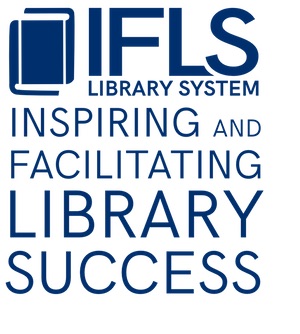 |
| Image from Pixabay |
My favorite session at the Power Up Conference last month (how was that already a month ago?!) was Streamline for Strength with Kelsey Johnson-Kaiser (St. Paul) and Amy Koester (Skokie). They talked a lot about how to really think about the programming you offer, and how to be intentional about these three goals when planning programs:
- Reaching diverse audiences in your community
- Move toward your goals
- Support your library’s mission
It can be easy, especially now, in the ramp-up to the Summer Library Program fun, to get into the mindset that more is more. But that isn’t always the case. I often fall into the trap of wanting to do Every Single One of The Things! But then I can end up chasing my tail around and around and not accomplishing anything toward my goals, I start to lose track of the mission of IFLS, and maybe I’m only reaching the same few folks who have time to read my voluminous emails.
Kelsey and Amy had so many good ideas and tools that I am thinking of bringing them to do a workshop for us here. I’ll leave you with one of my favorite things they shared–things to consider when you are looking at whether or not to provide another program:
FIT: Should we do it? There are lots of things to consider when deciding if a new program or service is a good fit for your library and community.
CAPACITY: Can we do it? Even if something is a great idea and would fit well with achieving the other goals we laid out, it’s important to decide if you have the capacity in staff time, resources, and other things in order to do this project well. What is needed in order to build that capacity? Letting go of other projects/programs? Getting training? Finding the right partner?
IMPLICATIONS: If we do it, then what? It is important to look ahead and see what might happen if you do this project–how will the new program affect (and be affected by) policies, procedures, partnerships, and precedents? Are there other potential ways to achieve the same goal that should be considered?
I think it is so great to be able to say YES to trying new things. But if we don’t think about it first, we often end up having less impact than we could if we were applying these questions to our work more regularly.

